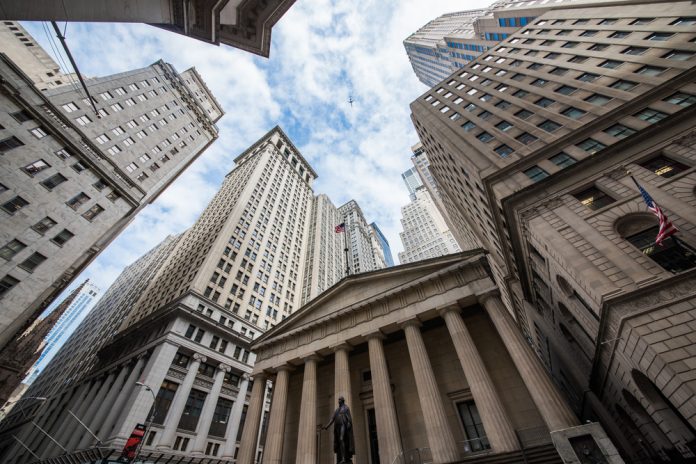The largest US banks have passed annual stress tests set by the Federal Reserve, in a testament to the health of the banking system.
In an encouraging development for US banks, this marks the first time in seven years in which all 34 firms under review have passed the second part of exams brought into existence following the financial crisis.
The Federal Reserve ultimately gave its approval to the 34 institutions to pay-out a vast amount of its earnings to shareholders, rather than safeguarding capital to protect against the advent of another financial crisis.
Nevertheless, Capital One was identified for weakness across its capital planning, which the Fed emphasized as needing addressing.
Conversely, embattled bank Wells Fargo somewhat unexpectedly received approval from regulators, despite ongoing financial pressure as a result of the fake account scandal that came to light last year.
Federal Reserve Governor Jerome Powell welcomed the promising results, stating:
“I’m pleased that the… process has motivated all of the largest banks to achieve healthy capital levels and most to substantially improve their capital planning processes.”.
As a result, the US’ six biggest banks are set to return between $95 billion and $97 billion to shareholders across the next four quarters, RBC Capital Markets analyst Gerard Cassidy commented.
This would prove 50 percent more than than made possible following the same test last year for Wall Street giants such as Goldman Sachs (NYSE:GS), Morgan Stanley (NYSE:MS), Bank of America (NYSE:BAC), JPMorgan Chase (NYSE:JPM).
Nevertheless, this follows a omission of the “qualitative” portion of the test, which was often considered to be the most difficult to pass particularly for smaller lenders.
The results could potentially give further momentum for the White House to loosen financial rules in the future, which in turn caused shares in the big banks to rise as much as 2 percent on Thursday.
Earlier this year, President Trump reiterated his plans to reduce parts of the Dodd-Frank Act, put in place under the Obama administration to regulate the financial sector following the 2008 global financial crisis.
Back in April, Trump commented on the proposed legislative move:
“We’re going to do a very major haircut on Dodd-Frank. We want strong restrictions, we want strong regulation. But not regulation that makes it impossible for the banks to loan to people that are going to create jobs.”

